Home>Gardening & Outdoor>Landscaping Ideas>What Is Fever Grass Good For
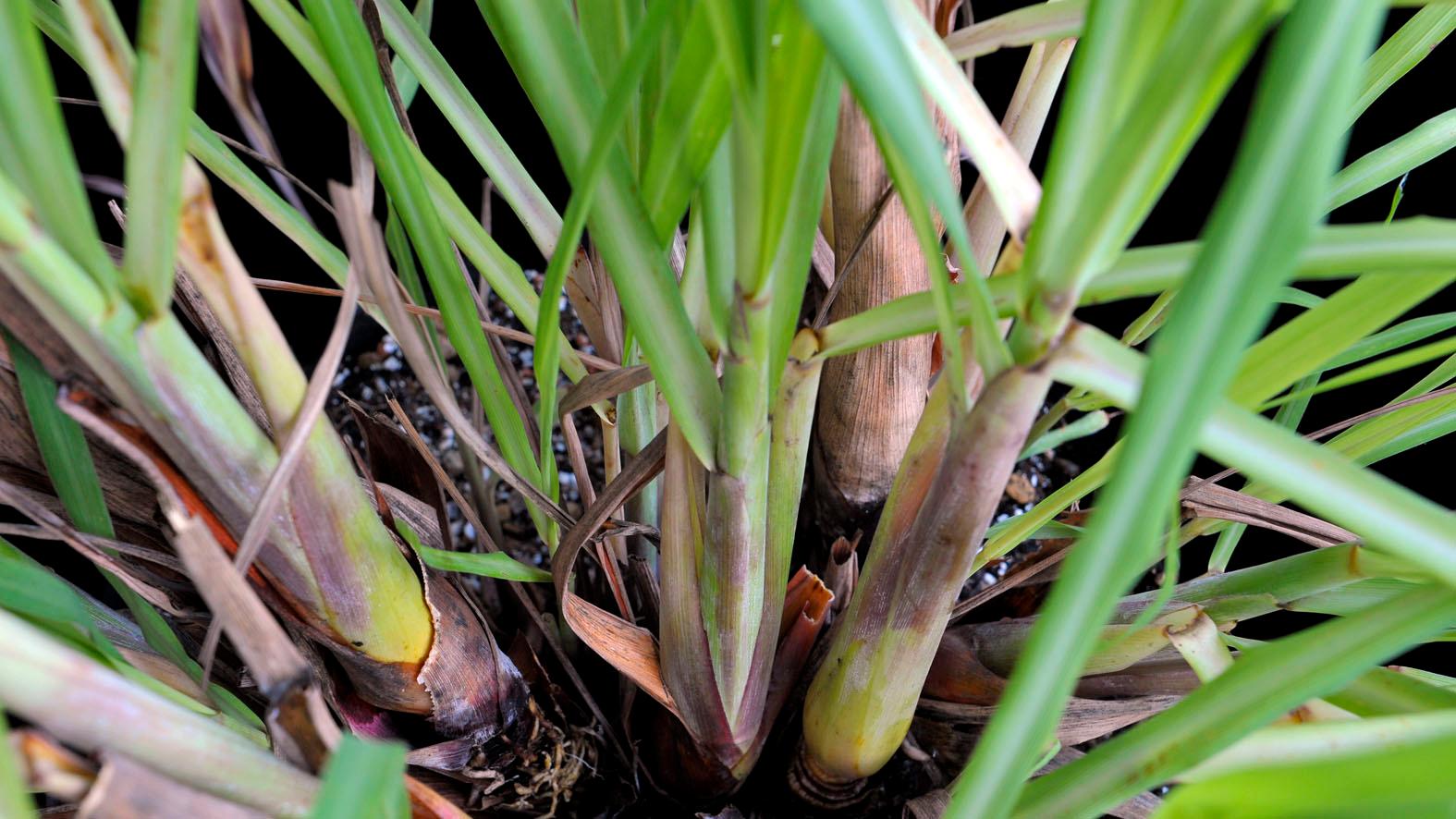

Landscaping Ideas
What Is Fever Grass Good For
Published: January 27, 2024
Discover the benefits of fever grass for landscaping ideas. Learn how to incorporate fever grass into your outdoor space for a beautiful and functional landscape.
(Many of the links in this article redirect to a specific reviewed product. Your purchase of these products through affiliate links helps to generate commission for Storables.com, at no extra cost. Learn more)
**
Introduction
**
Welcome to the world of fever grass, a remarkable herb that has been cherished for centuries due to its versatile uses and numerous health benefits. Also known as lemongrass, this aromatic plant is widely celebrated for its culinary, medicinal, and ornamental applications. Whether it's infused in a soothing cup of tea, enhancing the flavor of a savory dish, or utilized in holistic remedies, fever grass continues to captivate enthusiasts with its refreshing aroma and therapeutic properties.
Throughout history, fever grass has been an integral part of various cultures, revered for its ability to invigorate the senses and promote overall well-being. Its distinct citrusy scent and robust flavor have earned it a special place in traditional medicine, where it has been used to alleviate a wide range of ailments and improve health.
In this comprehensive guide, we will delve into the captivating world of fever grass, exploring its nutritional content, health benefits, and practical applications. From its rich history to its modern-day uses, we will uncover the secrets of this extraordinary herb, shedding light on its potential to enhance our lives in meaningful ways. So, sit back, relax, and prepare to embark on a journey through the enchanting realm of fever grass, where nature's gifts await discovery.
Key Takeaways:
- Fever grass, also known as lemongrass, offers a refreshing citrusy flavor and aroma. It provides essential nutrients, supports digestive health, and promotes relaxation through its versatile culinary, medicinal, and aromatic uses.
- While fever grass has numerous health benefits, it’s important to be mindful of potential allergies and side effects. Consulting a healthcare professional before use can ensure a safe and enjoyable experience with this remarkable herb.
Read more: What Grass Is Good For Horses
What Is Fever Grass?
Fever grass, scientifically known as Cymbopogon citratus, is a perennial plant that belongs to the grass family, Poaceae. It is native to tropical regions, particularly Southeast Asia, and is cultivated in various parts of the world for its culinary, medicinal, and ornamental purposes. The plant derives its common name, lemongrass, from its distinct lemony fragrance and flavor, which are attributed to the presence of citral, a compound also found in citrus fruits.
Characterized by tall, slender stalks and tufted foliage, fever grass is renowned for its aromatic leaves and bulbous stems. It thrives in warm, humid climates and is often cultivated in home gardens, culinary herb gardens, and commercial plantations. The plant is typically harvested for its leaves and stems, which are used fresh, dried, or powdered for various applications.
In addition to its culinary uses, fever grass has a long history of medicinal use in traditional systems of healing, such as Ayurveda and traditional Chinese medicine. It is revered for its diverse therapeutic properties, including its potential to alleviate digestive issues, reduce inflammation, and promote relaxation. Furthermore, the essential oil extracted from fever grass is valued in aromatherapy for its uplifting and stress-relieving effects.
From a botanical perspective, fever grass is a valuable source of essential nutrients, including vitamins, minerals, and antioxidants. Its rich nutritional profile contributes to its health-promoting properties, making it a popular choice for herbal remedies and culinary creations.
Overall, fever grass stands as a testament to the profound connection between nature and human well-being, offering a myriad of uses that have been cherished for generations. As we continue to explore the multifaceted nature of this extraordinary plant, its versatility and potential to enrich our lives become increasingly apparent.
Nutritional Content of Fever Grass
Despite its delicate appearance, fever grass boasts a surprisingly robust nutritional profile, making it a valuable addition to a well-rounded diet. Packed with essential vitamins, minerals, and antioxidants, this herb offers a range of health-promoting nutrients that contribute to overall wellness.
One of the key components of fever grass is its high concentration of vitamin C, an essential nutrient known for its immune-boosting properties. Vitamin C plays a crucial role in supporting the body’s natural defense mechanisms, aiding in the prevention of infections and supporting the repair of tissues. Additionally, it acts as a powerful antioxidant, helping to combat oxidative stress and reduce the risk of chronic diseases.
Furthermore, fever grass contains notable levels of vitamin A, another vital nutrient that supports various aspects of health, including vision, immune function, and skin health. Vitamin A also exhibits antioxidant properties, contributing to cellular protection and overall well-being.
In addition to vitamins, fever grass provides an array of essential minerals, including potassium, magnesium, and calcium. Potassium plays a key role in regulating blood pressure and supporting heart health, while magnesium is involved in numerous biochemical processes within the body, contributing to muscle function, nerve signaling, and bone health. Calcium, well-known for its role in bone strength, also supports muscle function and nerve transmission.
Moreover, fever grass contains antioxidants such as chlorophyll, which helps to neutralize free radicals and protect cells from damage. These antioxidants contribute to the herb’s potential to combat inflammation, reduce oxidative stress, and promote overall health.
When consumed as an herbal infusion or incorporated into culinary dishes, fever grass offers a natural source of these essential nutrients, allowing individuals to reap the benefits of its nutritional bounty. Whether enjoyed in the form of a revitalizing tea or as a flavorful addition to soups, curries, and stir-fries, fever grass provides a delightful way to enhance both the flavor and nutritional value of various culinary creations.
As we continue to unravel the nutritional treasures of fever grass, its potential to nourish the body and uplift the spirit becomes increasingly evident, reinforcing its status as a beloved botanical ally in the quest for holistic well-being.
Health Benefits of Fever Grass
Fever grass, with its remarkable array of health-promoting properties, has been revered for centuries for its potential to support overall well-being. From digestive health to stress relief, this versatile herb offers a host of benefits that have captured the attention of herbal enthusiasts and health-conscious individuals alike.
One of the standout attributes of fever grass is its digestive support. The herb is known for its carminative properties, which may help alleviate digestive discomfort, reduce bloating, and support healthy digestion. Additionally, its antimicrobial properties have been traditionally utilized to combat certain gastrointestinal infections, making it a valuable ally for maintaining digestive wellness.
Furthermore, fever grass is celebrated for its potential to promote relaxation and ease stress. The soothing aroma of lemongrass is often used in aromatherapy to create a calming atmosphere and alleviate tension. Whether enjoyed as a fragrant herbal tea or used in essential oil blends, fever grass offers a natural way to unwind and nurture a sense of tranquility in the midst of daily pressures.
In addition to its digestive and relaxation benefits, fever grass exhibits anti-inflammatory properties, which may aid in reducing inflammation within the body. This attribute has implications for various aspects of health, as chronic inflammation is associated with a range of conditions, including cardiovascular issues, joint discomfort, and certain autoimmune disorders. By incorporating fever grass into one’s wellness routine, individuals may potentially support their body’s natural inflammatory response.
Moreover, the antioxidant compounds found in fever grass contribute to its potential to combat oxidative stress and protect cells from damage. This may have far-reaching implications for overall health, as oxidative stress is linked to aging, chronic diseases, and cellular dysfunction. By incorporating fever grass into a balanced lifestyle, individuals may harness the protective power of antioxidants to support their well-being.
As we explore the diverse benefits of fever grass, it becomes evident that this extraordinary herb offers a holistic approach to health and wellness. Whether enjoyed as a fragrant cup of tea, a flavorful culinary ingredient, or a soothing aromatherapy aid, fever grass stands as a testament to the profound connection between nature and vitality, offering a multitude of ways to enrich our lives.
Fever grass, also known as lemongrass, is good for relieving digestive issues, reducing fever, and easing muscle pain. You can make a soothing tea by steeping the leaves in hot water.
How to Use Fever Grass
Fever grass, with its captivating aroma and versatile nature, offers a myriad of creative and practical applications that cater to culinary, medicinal, and aromatic pursuits. Whether it’s infusing a delightful flavor into dishes, brewing a soothing herbal tea, or harnessing its aromatic essence in aromatherapy, fever grass presents an array of delightful possibilities for exploration and enjoyment.
One of the most popular ways to use fever grass is in culinary endeavors. The herb’s fresh or dried leaves and stems can be finely chopped and incorporated into a wide range of dishes, adding a delightful citrusy flavor and aroma. From soups and curries to marinades and stir-fries, fever grass lends a refreshing and aromatic dimension to culinary creations, enhancing the overall sensory experience of the meal.
Furthermore, fever grass can be used to prepare a delightful herbal infusion, commonly known as lemongrass tea. By steeping the fresh or dried leaves in hot water, a fragrant and soothing tea can be created, offering a delightful way to unwind and enjoy the herb’s therapeutic benefits. Whether sipped hot or enjoyed over ice, lemongrass tea provides a refreshing and revitalizing beverage option.
In addition to its culinary and beverage applications, fever grass is valued for its aromatic qualities, which make it a popular choice for aromatherapy. The essential oil derived from fever grass is utilized in diffusers, massage oils, and bath blends to create a calming and uplifting atmosphere. Its refreshing scent is often used to promote relaxation, alleviate stress, and invigorate the senses, making it a cherished addition to holistic wellness practices.
Moreover, fever grass can be incorporated into homemade skincare and personal care products, adding its refreshing fragrance and potential skin-soothing properties to lotions, creams, and bath preparations. Its aromatic essence offers a delightful way to enhance self-care rituals and promote a sense of rejuvenation and well-being.
As we uncover the diverse ways to use fever grass, it becomes apparent that this extraordinary herb offers a wealth of opportunities to enrich our daily lives. Whether savored in a delectable dish, enjoyed in a fragrant cup of tea, or embraced in an aromatic sanctuary, fever grass invites us to explore the boundless potential of nature’s gifts.
Read more: What Is Lemon Grass Good For
Precautions and Side Effects of Fever Grass
While fever grass is celebrated for its numerous benefits and versatile uses, it is important to be mindful of potential precautions and side effects associated with its consumption. As with any botanical remedy or culinary ingredient, understanding the considerations surrounding fever grass can help individuals make informed choices and use the herb responsibly.
Individuals with known allergies to citrus fruits or related plants should exercise caution when consuming or handling fever grass, as it belongs to the same botanical family and may elicit similar allergic reactions. Symptoms of an allergic response may include skin irritation, respiratory discomfort, or digestive upset. It is advisable to consult with a healthcare professional if there are concerns about potential allergies or sensitivities.
Furthermore, individuals who are pregnant or breastfeeding should seek guidance from a healthcare provider before incorporating fever grass into their diet or wellness practices. While the herb is generally regarded as safe when consumed in moderate amounts as a culinary ingredient, it is important to exercise prudence and seek professional advice to ensure the well-being of both the individual and the developing child.
It is also important to note that excessive consumption of fever grass, particularly in the form of concentrated essential oil or supplements, may lead to potential side effects. These may include stomach upset, skin irritation, or interactions with certain medications. As with any herbal remedy, moderation and awareness of individual tolerance levels are key factors in ensuring a positive and safe experience with fever grass.
Additionally, individuals with underlying health conditions, such as liver disorders, kidney issues, or cardiovascular concerns, should consult with a healthcare professional before using fever grass in concentrated forms or as a supplement. Understanding the potential interactions and implications for specific health conditions can help mitigate risks and ensure the safe and appropriate use of the herb.
By being mindful of these precautions and potential side effects, individuals can approach the use of fever grass with a balanced and informed perspective, allowing for the enjoyment of its benefits while prioritizing safety and well-being. As with any natural remedy, it is advisable to seek guidance from a qualified healthcare provider to address individual health considerations and make informed choices regarding the use of fever grass.
Conclusion
As we embark on a captivating journey through the world of fever grass, it becomes abundantly clear that this extraordinary herb holds a cherished place in the hearts and homes of enthusiasts worldwide. From its delightful aroma and culinary allure to its diverse health benefits and practical applications, fever grass continues to captivate and inspire, offering a wealth of possibilities for exploration and enjoyment.
Throughout history, fever grass has transcended cultural boundaries, weaving its way into traditional medicine, culinary traditions, and aromatic rituals. Its refreshing citrusy scent, vibrant flavor, and therapeutic properties have earned it a revered status, enriching the lives of those who embrace its botanical bounty. Whether sipped as a fragrant cup of tea, savored in a tantalizing dish, or cherished as an aromatic sanctuary, fever grass invites us to indulge in the sensory pleasures it bestows.
From a nutritional standpoint, fever grass stands as a testament to the abundant gifts of nature, offering essential vitamins, minerals, and antioxidants that contribute to overall well-being. Its potential to support digestive health, promote relaxation, and combat inflammation underscores its holistic approach to nurturing the body and the spirit.
However, as with any botanical treasure, it is important to approach the use of fever grass with mindfulness and awareness. Understanding potential precautions and side effects allows individuals to make informed choices, ensuring a positive and safe experience with this remarkable herb.
As we conclude our exploration of fever grass, we are reminded of the profound connection between nature and vitality, and the enduring allure of botanical treasures that enrich our lives. Whether used to tantalize the taste buds, soothe the senses, or promote wellness, fever grass stands as a testament to the enduring legacy of natural remedies and the timeless appeal of nature’s gifts.
So, as we bid adieu to this enchanting herb, let us carry forth the spirit of discovery and appreciation, embracing the boundless wonders that nature generously bestows upon us. In the delicate blades of fever grass, we find not only a source of nourishment and delight but also a reminder of the enduring harmony between humanity and the botanical realm.
Frequently Asked Questions about What Is Fever Grass Good For
Was this page helpful?
At Storables.com, we guarantee accurate and reliable information. Our content, validated by Expert Board Contributors, is crafted following stringent Editorial Policies. We're committed to providing you with well-researched, expert-backed insights for all your informational needs.

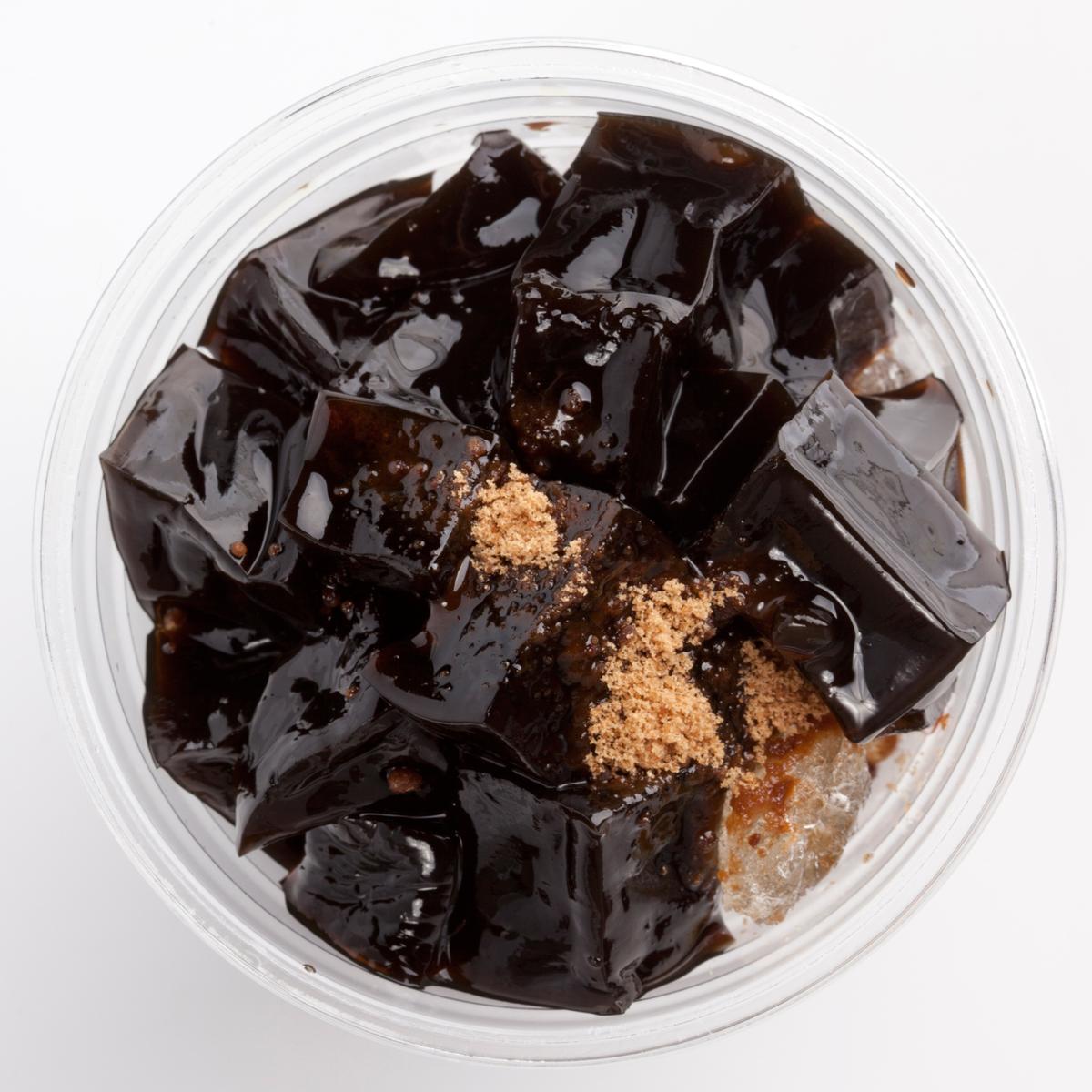

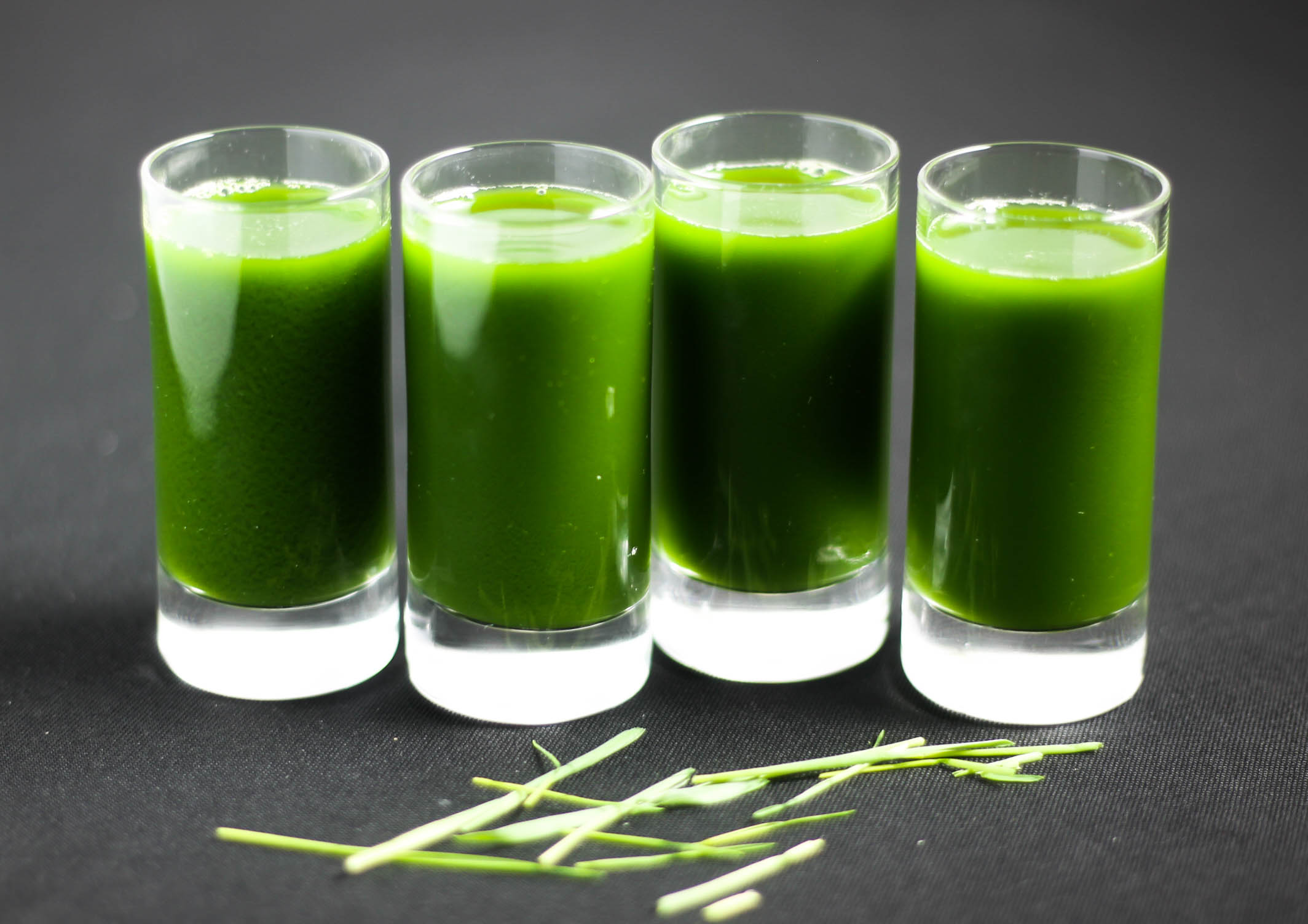

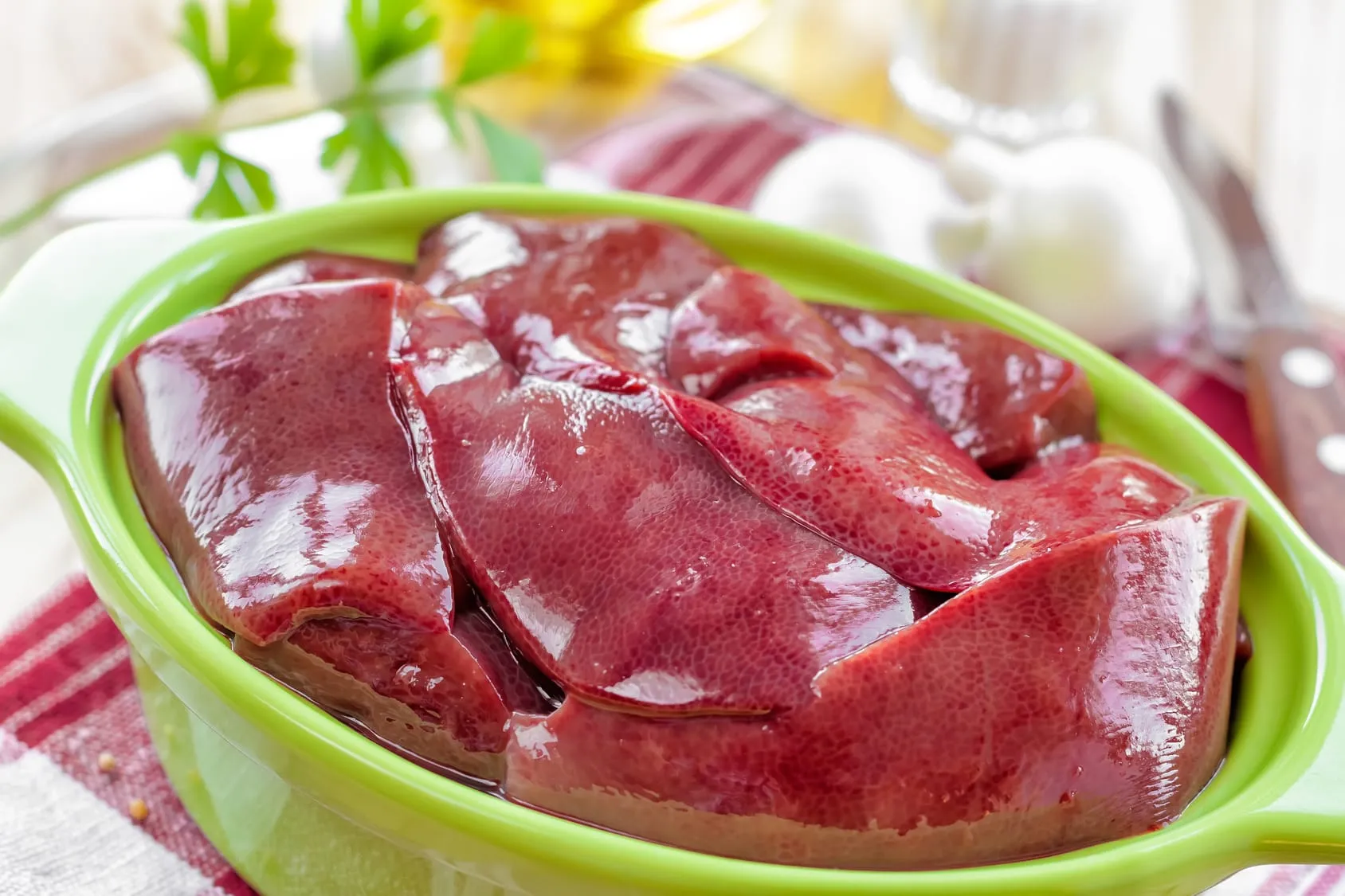




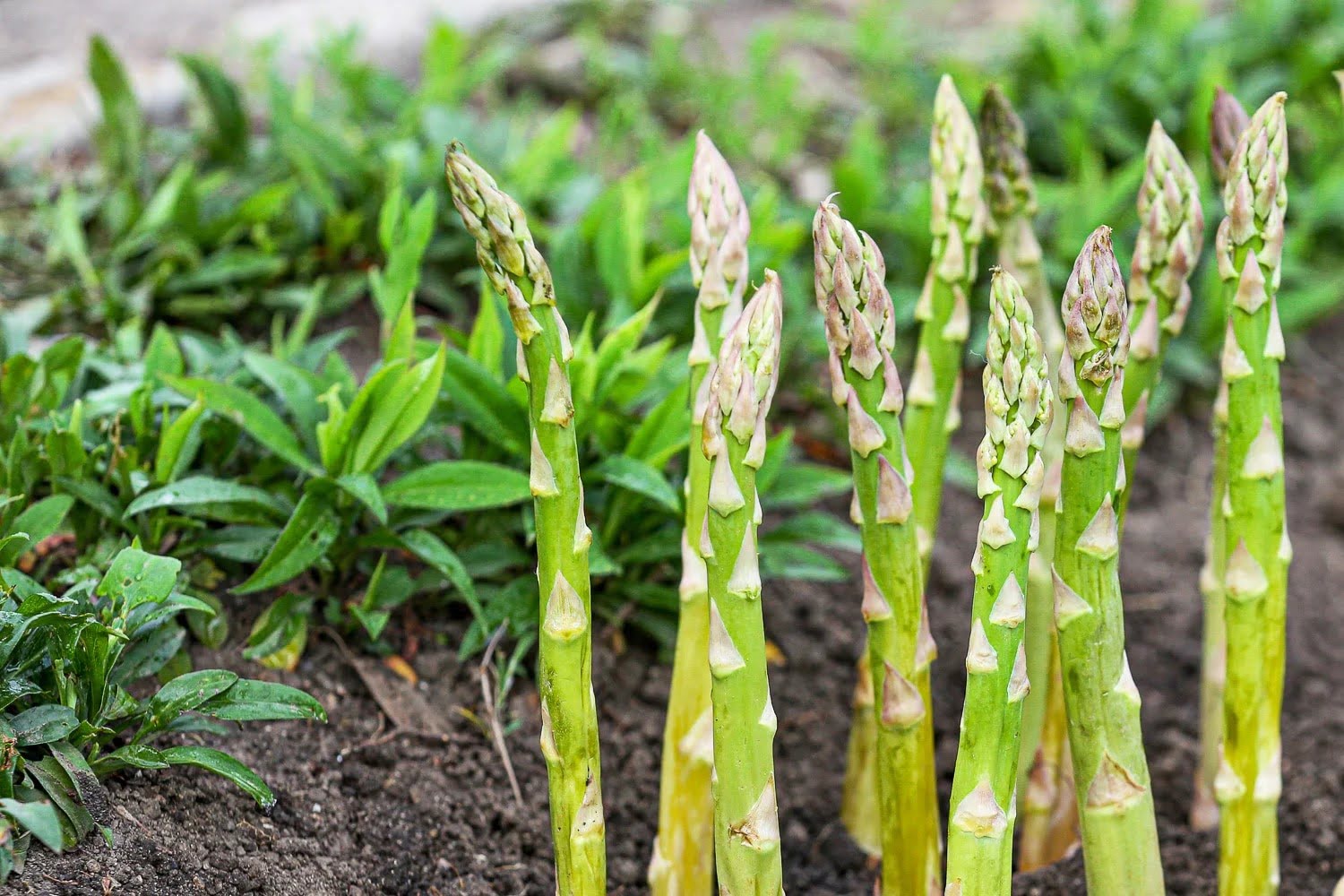




0 thoughts on “What Is Fever Grass Good For”